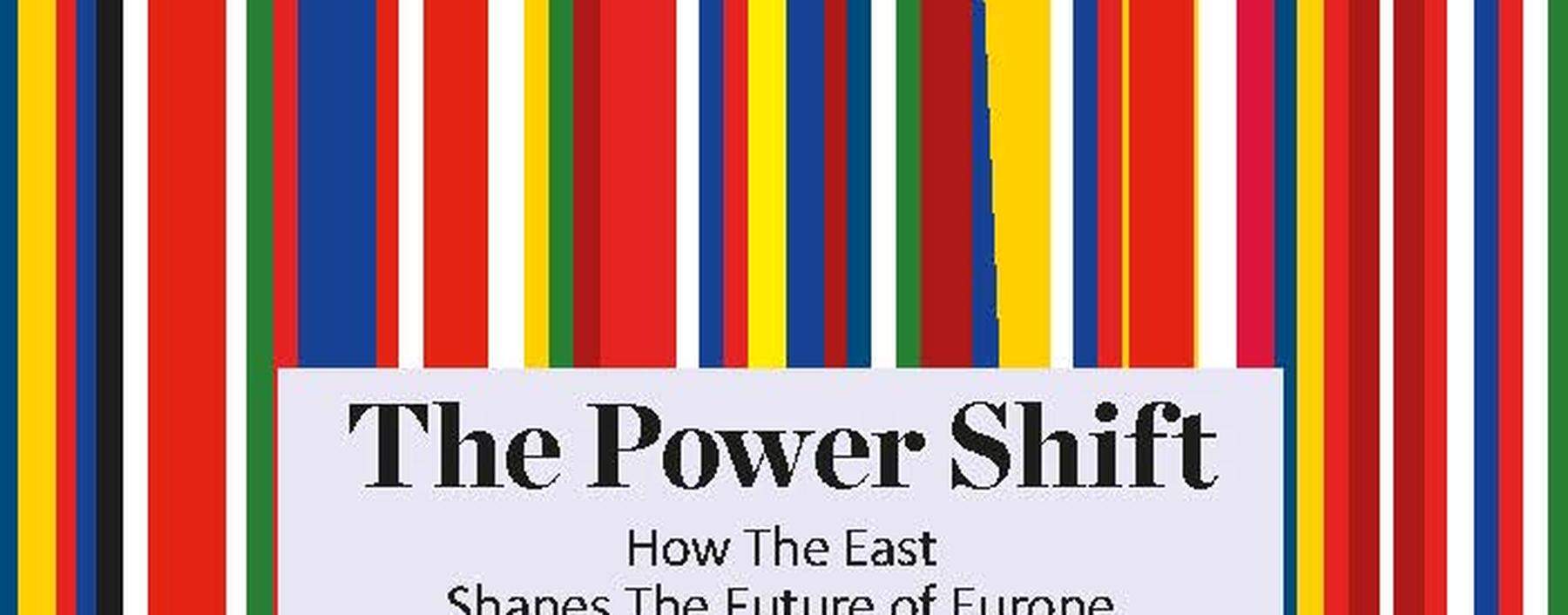Editorial
In the inaugural issue of European Voices, we embark on a journey to explore the vibrant and ever-evolving landscape of Central and Eastern Europe. Why this particular focus? Because now, more than ever, this region plays a crucial role in the debates and decision-making processes of the European Union. Gone are the days when the voices of Eastern Europeans went unheard in the West, when new EU member states were regarded merely as recipients of funding. Today, whether it’s discussions on security, migration policy, energy, or climate policy, Central and Eastern European nations are active contributors shaping the direction of the European project. Through the unique perspectives of our authors hailing from this region, we aim to bring you closer to these European Voices.
We present a wide range of views and perspectives. Former Austrian Chancellor Wolfgang Schüssel talked with Hungarian Prime Minister Viktor Orbán in Budapest. The result is a heated debate about Europe’s stance on Ukraine and widely diverging views on the future of Europe.
Overlapping interests are nothing new in this region: With its brutal war against its neighbour, Russia threatens the very existence of Ukraine, and Moldova lives with the fact that the pro-Russian de-facto independent entity Transnistria is challenging Moldova’s territorial integrity. In our interview with Kaja Kallas, the Estonian prime minister argues that eliminating grey zones and bringing the region under the EU umbrella contributes to security and stability.
In the words of our author Martyn Rady, Central Europe is far more than just an “imagined space.” The historian illuminates the region’s intricate web of connections through examples as diverse as light sources seen from a satellite, railway networks, and address books. Simultaneously, the Vienna Institute for International Economic Studies delves into the economic interdependencies that bind these nations together.
Yet amid these connections, there are also divisions and challenges in finding common ground. Paul Lendvai paints a vivid picture of how these countries navigate the delicate balance between their European dreams and national realities.
Realm of diversity
Defining this region is no simple task. Its dimensions have shifted over time, much like the European Union itself with its expanded borders. The conflict in Ukraine has rekindled the debate about EU enlargement, casting a spotlight once more on the Western Balkans and their aspirations for EU membership. In this issue, Jovana Marović and Una Hajdari provide us with a closer look at what this pursuit means for Montenegro and Kosovo.
However, European Voices is not solely dedicated to political and economic analyses. We also embark on literary expeditions, accompanying Ilija Trojanow on a thought-provoking journey to Kosovo where the author reflects on Western perceptions and attributes related to the Balkans.
Central, Eastern, and Southeastern Europe is a realm of diversity where political and cultural debates thrive in manifold forms. Through the voices of our contributors, we invite you to join us on this exciting journey of exploration and discovery.
Martyna Czarnowska, Thomas Seifert
Editors-in-chief, European Voices
